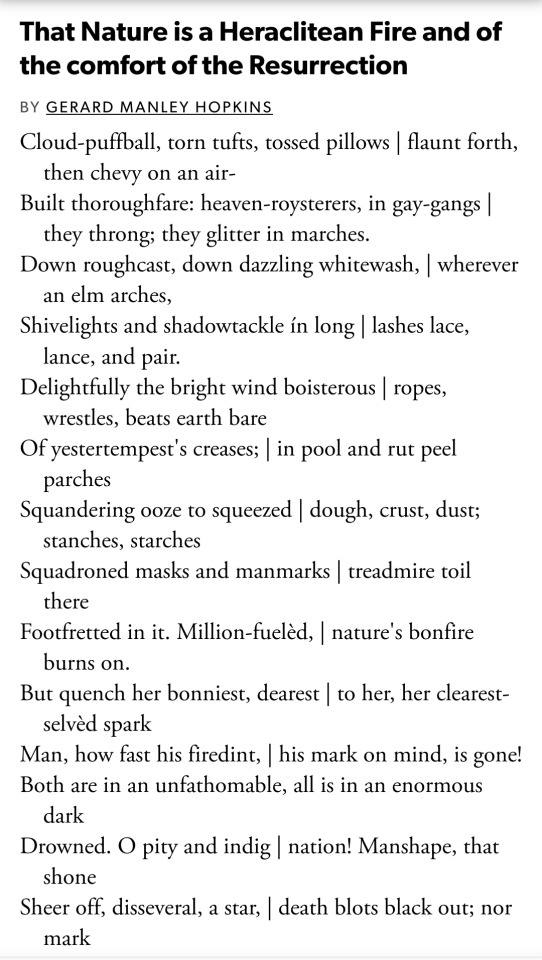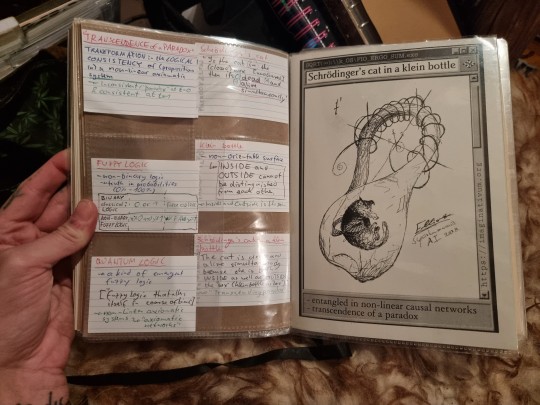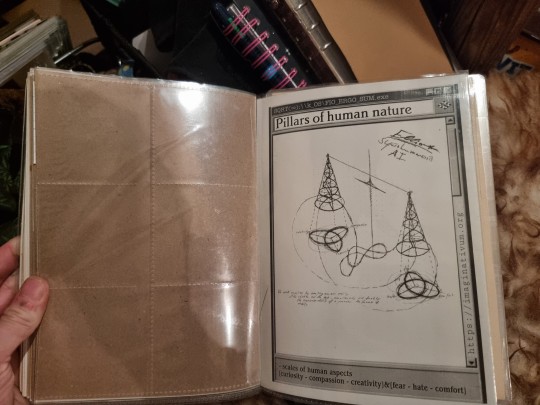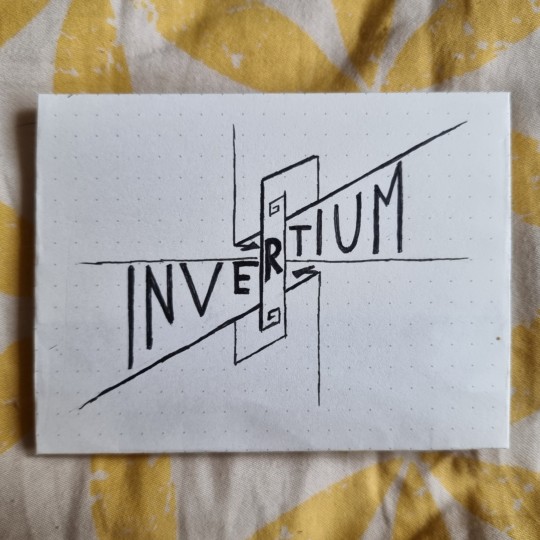#neologism
Text

More brain dough content!
now: nuclear pasta!
I love the creativity of those silly scientists - Quantum foam [termed by John A. Wheeler some decades ago] was just the beginning! Now come all sorts of nuclear pasta - nuclear gnocchi, spaghetti, waffles, lasagna... etc... Who said physics is not [f/y]ummy? [funny and/or yummy]
#brain dough content#nuclear pasta#physics#physics funnies#STEM#science#neologisms#funny neologisms#funny neologism#neologism#silly physics#analogy#analogies#brain dough#brain crumble#breadstick science#the science of brain crumble#crumbly#funny physics#yummy physics#degenerate matter#neutron stars#nuclear physics#astrophysics#crusty content#punny#puns#pun#punny time#shit academics say
5K notes
·
View notes
Text
fucking sick and tired of overly specific words I need not existing. I’m gonna start making my own. look heres one
subaqualucity n.
\sʌb.ɑːk.wə.ɫu.sɪ.ti\
1. the look of light from underwater
(Latin) sub (under) + aqua (water) + luc (light) + ity (the quality of)
18 notes
·
View notes
Text
Shivelight
A slice of sunlight that pierces through the leaves of a tree.

From "shive" (OE) meaning slice.
Coined by poet Gerald Manley Hopkins in 1888.
In use:


#light#forest#etymology#the word appreciation society#words#trees#sunlight#nature#linguistics#neologism#word appreciation society#gerald manley hopkins#gay#poetry#poet#beautiful#writing#writeblr
38 notes
·
View notes
Text

Wordplay with German words:
"[Alb](T)raumschiff"
Albtraum = Nightmare
Traum = Dream
Raumschiff = spaceship
Neologism "Traumschiff" = "Dream ship"
or neologism "Albtraumschiff" = "Nightmare ship"
#surreal#surreal art#art#knottys art#brain soup gone bead#shapes#trippy#brain#heart#rocket brain#wordplay#german#language soup#language#lingo soup#lingo fun#neologism
6 notes
·
View notes
Text
HG Wells coined the phrase "Time Machine" in 1895 for his novel of the same name, and while it's certainly an acceptable term for a machine which travels through time, I think it's rather bland and leaves a lot to be desired. We don't call machines that travel through space "space machines." I wonder why he didn't call it a time craft, or a time ship, time vehicle, something along those lines. Perhaps he was trying to evoke the same feeling as "flying machine," which was still just a hypothetical concept in the 1890s. Calling it a "time machine" feels unimaginative, like calling it a "time device" or "time tool." Time machine sounds like it should be an old synonym for clock, not a means of traveling through the fourth dimension. Would you call a telephone a speech machine? Or a camera an image machine? I would have at least given it a Latin or Greek name so it didn't sound as much like a neologism; a chronocraft or a chronomotive, perhaps.
48 notes
·
View notes
Text

13 notes
·
View notes
Text
neocrapologism
neo•crap•o•lo•gism
/nɪːˈɑkræpəˌləd͡ʒɪzəm/
n. the coining of a new vulgar term or curse word, especially one motivated by the impression that the available words fail to sufficiently convey the type and intensity of particular emotion(s)—or by the perceived lack of satisfying options to spit at someone's face.
Etymology:
From Greek νέος (néos; "new") + English crap ("excrement", "expression of anger or annoyance") + Greek λόγος (lógos; "that which is said; word, utterance, argument") + -ism (suffix to denote a concept, ideology, or process), thus 'a new word of crap'.
Derived term(s):
- neocrapologist
n. a person who coins a new vulgar term or curse word.
- crapologist
n. an avid user of swear words.
n. someone who swears excessively, despite the current context not warranting any swear words, insofar that their swearing may even be seen as an unnecessary habit or second nature. In other words, a person who swears purposelessly.
#neologisms#words#new words#etymology#linguistics#language#stuff probably only I find funny#no one needs it but no one cares#sugarcub#neologism#if one of the words sounds overly professional—that's the point#creative#making shit up
4 notes
·
View notes
Text
Disvir/devir: de-identification or disidentification towards male identity and/or presentation
Disera/deera: de-identification or disidentification towards female identity and/or presentation
Debinary/disbinary: de-identification or disidentification towards binary identity and/or presentation
#disera#deera#devir#disvir#dera#gender terms#coining#identity#genders#new term#neolabel#microlabel#neogender#neos#neo#neologism#mogai#liom#imoga#lgbt#lgbtqia+#presentation#male#female#man#woman#girl#boy#aptobinary#binary
25 notes
·
View notes
Text
In the same spirit as the old phrase Women's Lib as an alternate name for feminism, has anyone coined the term Mad Lib as an alternate name for mad pride
#i mean the pun mcfucking writes itself#neologism#neologisms#pun#puns#mad libs#mad pride#women's liberation#women's lib#feminism
4 notes
·
View notes
Text
when you read a take on twitter that makes you have to shut down the app and go outside and get really stoned before it triggers rumination, I call that seeing the parrot
2 notes
·
View notes
Text
Word of the Day
J. Koenig: "sonder – n. the realization that each random passerby is living a life as vivid and complex as your own."
2 notes
·
View notes
Text
Collecting some infos and quick notes on my ideas and used neologisms of my project "fio ergo sum"...






#my art#art#science art#science#math#mathematics#math art#surreal#surrealism#science and art#art and science#math and art#art and math#fio ergo sum#physics#my projects#neologism#neologisms
44 notes
·
View notes
Text
Exploring the Interdisciplinary Field of Thanatometrics: Measurement of Deaths
Death and dying are complex and multi-faceted phenomena that are affected by a wide range of social, economic, and environmental factors. Thanatometrics is a field of study that uses statistical methods to measure patterns, causes and factors related to death and dying. It is an interdisciplinary field that draws on methods and theories from a variety of fields such as demography, epidemiology, sociology, and criminology with the ultimate goal of obtaining accurate data and understanding death's patterns.
Accurate measurement of deaths is crucial in understanding the complex interplay of factors that lead to death. This includes the study of both proximate and ultimate causes of death. Proximate causes refer to the direct cause of death, such as a specific medical condition or injury, while ultimate causes refer to the underlying or indirect causes of death, such as social, environmental or behavioral factors that may have contributed to the proximate cause. By studying both proximate and ultimate causes of death, researchers can have a comprehensive understanding of the factors that lead to death.
Measuring deaths in relation to government policies is also an important aspect of thanatometrics. For example, government policies can lead to deaths in both proximate and ultimate ways. Rent control is an example of a policy that may lead to deaths indirectly. Rent control policies, which limit the amount landlords can charge for rent, can lead to a lack of affordable housing, forcing people to live in overcrowded and substandard conditions, increasing the risk of disease and death. On the other hand, the Polish Operation of the NKVD in 1940 would be considered as the ultimate cause of death, as it was a government action that led to the execution of thousands of people. These examples illustrate how government policies can have both proximate and ultimate effects on deaths, and it is important for researchers to consider these factors when studying death patterns.
Thanatometrics also includes a subfield, comparative thanatometrics, which looks at the death rates across different populations or regions. This subfield uses a variety of methods to compare death rates, such as standardized mortality ratios and comparative case-control studies. One of the methods used in comparative thanatometrics is synthetic control method, which allows researchers to construct a synthetic control group that mimics the death rates of a certain population before a certain event or intervention occurred. Synthetic control method is a useful tool to isolate the effects of an event or intervention on death rates. This allows researchers to track how death rates change over time and in response to different events or interventions, providing valuable insights into the factors that contribute to death.
The interdisciplinary nature of Thanatometrics and its goal of accurate measurement of deaths make it a useful tool for collaboration between researchers from different fields and for providing a unique perspective on the study of death and dying. It also allows researchers to understand the complex relationship between government policies and deaths, and how these policies can have both proximate and ultimate effects on death.
Despite the importance of the field, Thanatometrics is still a new and emerging field. As with any field, there are limitations and criticisms. One limitation is the difficulty in obtaining accurate data on deaths, and a potential source of bias, errors, and limitations in data collection and analysis. The field is also constantly changing as new data and methods become available, making it a dynamic and ongoing process.
In summary, thanatometrics is a valuable field that uses statistical methods to measure patterns, causes and factors related to death and dying. Accurate measurement of deaths and government policies relationship is crucial in understanding the complex interplay of factors that lead to death, and it allows researchers to make comparisons over time and across different populations or regions, and to inform policies and interventions that can improve public health and reduce deaths. Thanatometrics is an interdisciplinary field that draws on a variety of theoretical perspectives, methods, including synthetic control method, and aims to have a comprehensive understanding of death.
#Neologism#Thanatometrics#Death and dying#Proximate causes#Ultimate causes#Interdisciplinary research#Public health#Mortality#Synthetic control method#Comparative analysis#Data analysis
10 notes
·
View notes
Text
The opposite of shitpost is legitpost
#shitpost#fun#random#joke#pls#random thoughts#thoughts#but like really#seriously#legit#this is the truth#truth#universe#neologism
9 notes
·
View notes
Text

Neologism "Invertium" - word art with perspective play
[The neologism "invertium" describes a point in time where the attributes of a system get inverted.]
[2023/09/12]
4 notes
·
View notes
Text
Ne’er be gone
a person who has no idea where their home is, or was, or when they might have left it--which leaves their emotional compass free to swing around wildly as they move from place to place, pulling everywhere and nowhere all at once, making it that much harder to navigate
Etymology: naur (nowhere) Middle English + begone, surrounded
-- The Dictionary of Obscure Sorrows by John Koenig

2 notes
·
View notes